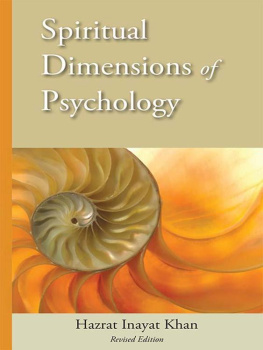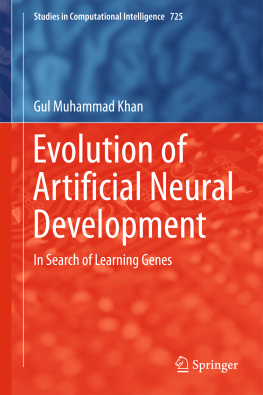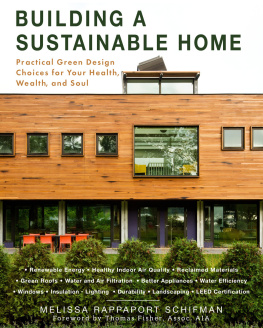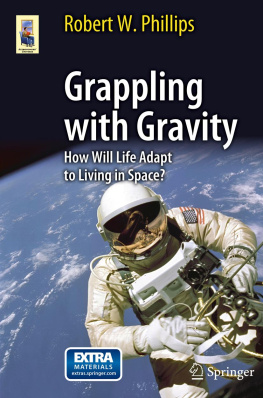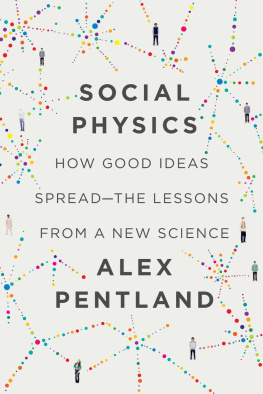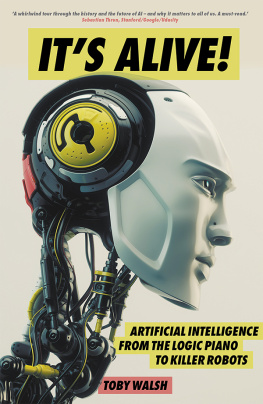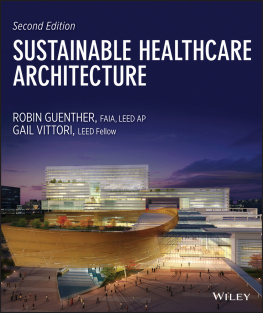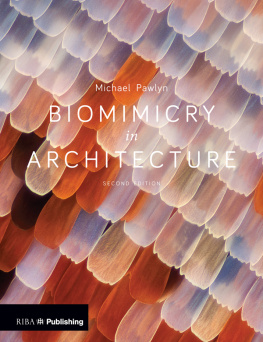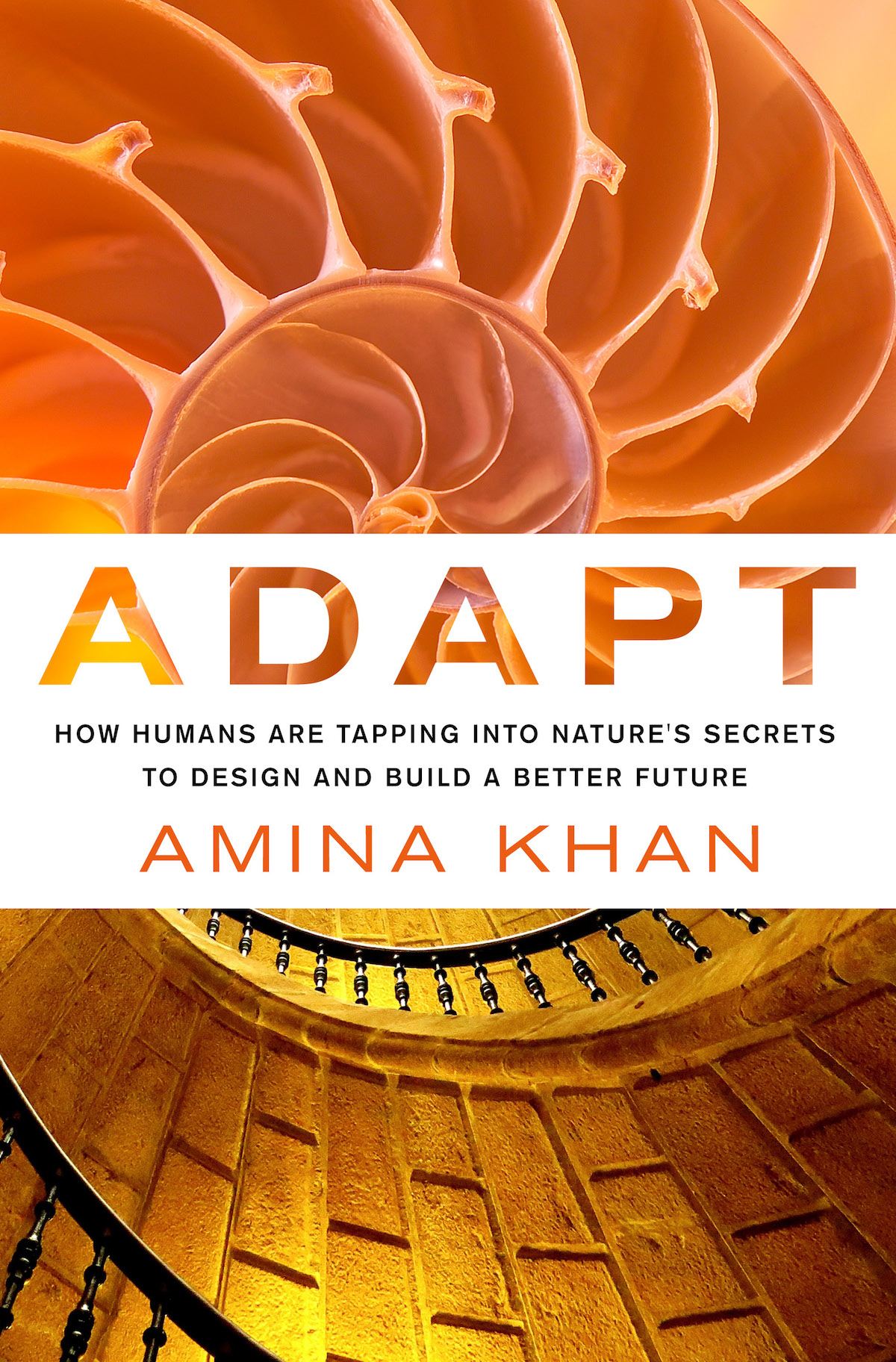Contents
Guide

The author and publisher have provided this e-book to you for your personal use only. You may not make this e-book publicly available in any way. Copyright infringement is against the law. If you believe the copy of this e-book you are reading infringes on the authors copyright, please notify the publisher at: us.macmillanusa.com/piracy.
To Anwar and Nayyar Khan
In Douglas Adamss five-book trilogy The Hitchhikers Guide to the Galaxy, dolphins are the second-most intelligent species on Earth, right after mice. Humans come in third, an intellectual also-ran to their furry and finned superiors.
The story of hapless anti-hero Arthur Dent managed to tap into that uncomfortable, itchy malaise humans sometimes get: a suspicion that were not as smart as we think we are. We generally try not to make eye contact with this feeling, for fear that it might just look back.
However, avoiding the truth comes with its perils. In the Hitchhiker universe, humans were so incompetent that they ignored the dolphins frantic warnings that the world was about to end, dismissing their hoop-jumping and tail-twirling as a particularly acrobatic aquatic show. Then the Earth was destroyed to make way for an interstellar superhighway.
Clearly theres one thing the science-fiction classic got dead wrong. When it comes to the intelligence of the species, humans probably rank much lower on the list.
I developed this uncomfortable feeling while chaperoning grade-schoolers at the California Science Center in Los Angeles. As a science writer at the Los Angeles Times, I fully expected to impress the kids. In front of the space shuttle Endeavour, I told saucer-eyed students tales of meeting the ships astronauts. I feigned nonchalance while one dipped her fingers toward a starfish into the still, chilly waters of the touch tank. But then a strange shape under the ripples drew my eye. There, amid the jewel-toned starfish and the lazy sea urchins, was a strange, purple-black corkscrew big enough to fit perfectly in the palm of my hand.
Thats a shark egg, the volunteer behind the pool told my eight-year-old charge.
I perked up and leaned over, nearly elbowing my little girl out of the way. Amid the pebbles sat the strangest, largest screw Id ever touched. Its smooth, tapered threads spiraled down to a point, the encasing hard but flexible, like fingernails after an hour in the bath.
Id never seen anything like it. From the fish to the ostrich, animals lay round eggs. Their smooth curves distribute force and minimize breakage. They shouldnt come in squares, or triangles, or other pointy shapes. But this designthe same one scattered around my dads workbenchallowed the shark to wedge her unhatched babies into a rock, where theyd be more difficult for predators to remove. Its an engineering design thats been in use for millions of years. Just not by people.
Its humbling. Humans have a tendency to think were at the top of the creative pyramidthe brains amid the beauty, brawn and the plain-old-bizarre creatures that inhabit the earth. Everything amazing is something we made up out of whole cloth.
But were behind the curve in so many ways. Nature isnt just our equal. With a four-billion-year head start, it has surpassed human ingenuity beyond our wildest imaginations.
This stark disparity dawned on me a few years back at a conference on fluid dynamics. What seemed like a dull topic turned out to be anything but dry. Thousands of researchers converged on Long Beach to explain the aerodynamics of flying snakes and the secrets of sharp-toothed shark skin.
Amid talks of hummingbird helicopters and ants crawling patterns, I learned that scientists are increasingly turning to the biological world for inspiration and educationtrying to understand the apparently miraculous in order to discover new engineering secrets. This is not entirely new. Observant humans have certainly lifted a trick or two from natures book in the past. George de Mestral created the ubiquitous Velcro after pulling several tenacious burrs off his dogs fur and then, curious about their super-sticking properties, discovered their loopy hooks under a microscope. The revolutionary warping wing designed by the bird-watching Wright brothers allowed their plane to safely turn like the earths natural aviators.
Yet these have registered as brief, isolated blips in a culture that, since the Industrial Age cranked into high gear in the nineteenth century, has largely viewed nature as something to be tamed, fixed, overridden, ignored, and even destroyed. We have solved most technical problems through making things bigger and more energy and resource intensive. For better or for worse, it has gotten us results. But a few centuries of heedless consumption have left us near ecological and manufacturing dead-ends. Were approaching certain limits of engineering. There is no more low-hanging fruit. The problems left to be solvedin medicine, in architecture, in computingare complex and intractable. Plus, were running out of raw materials, poisoning the environment. The brute force methods that got us so far are now failing us.
So researchers, at least, have started paying attention to how nature succeeds where we have not. Biologists have begun to realize that their explorations of the natural world apply to other realms. Meanwhile, engineers have begun to notice that biologists may hold answers to many of the most unsolvable questions in physics. Its a mode of thinking thats picked up major momentum in the last few decades, and it has a name: biologically inspired design.
In this book, well meet scientists from very different disciplines coming together to learn from biology and push the limits of our engineering abilities. Well go from the very small scale (the chemistry of photosynthesis) to very, very big (the principles of ecosystems). It will be divided into sections based on four themes: material science, mechanics of movement, architecture of systems, and sustainability. Each chapter will explore a discipline where new discoveries have been made, and more appear on the horizon, as people examine how nature has outperformed our current technologies. Over the course of this book, well look at all of these examples and more to explore how adapting natures innovations to improve human technology will allow us to do more things not bigger, but better.
I will follow scientists in the lab and the field as they conduct their breakthrough research. Ill peer under the microscope with scientists studying the nanoscale properties of cuttlefish skin. Ill head out to the San Gabriel Valley where engineers with the Defense Advanced Research Projects Agency are testing the next generation of humanoid robots. Ill head to Namibia with a group of biologists and engineers who each have their unique reasons to study the six-foot-tall termite mounds dotting the savannah.
The concept of bioinspired design first gained traction under the term biomimicry. A book by the same name, written by Janine Benyus in 1997, crystallized this cross-disciplinary idea for many researchers. According to a 2010 report commissioned by San Diego Zoo Global, in fifteen years biomimicry could make up $300 billion annually of the United States GDPand $1 trillion of the worlds outputin 2010 dollars. It could also mitigate the depletion of various natural resources and reduce carbon dioxide pollution, putting another $50 million back in our collective pocket. Biomimicry could be a major economic game changer, the authors wrote. Its commercial use could transform large slices of various industries in coming years and ultimately impact all segments of the economy.



